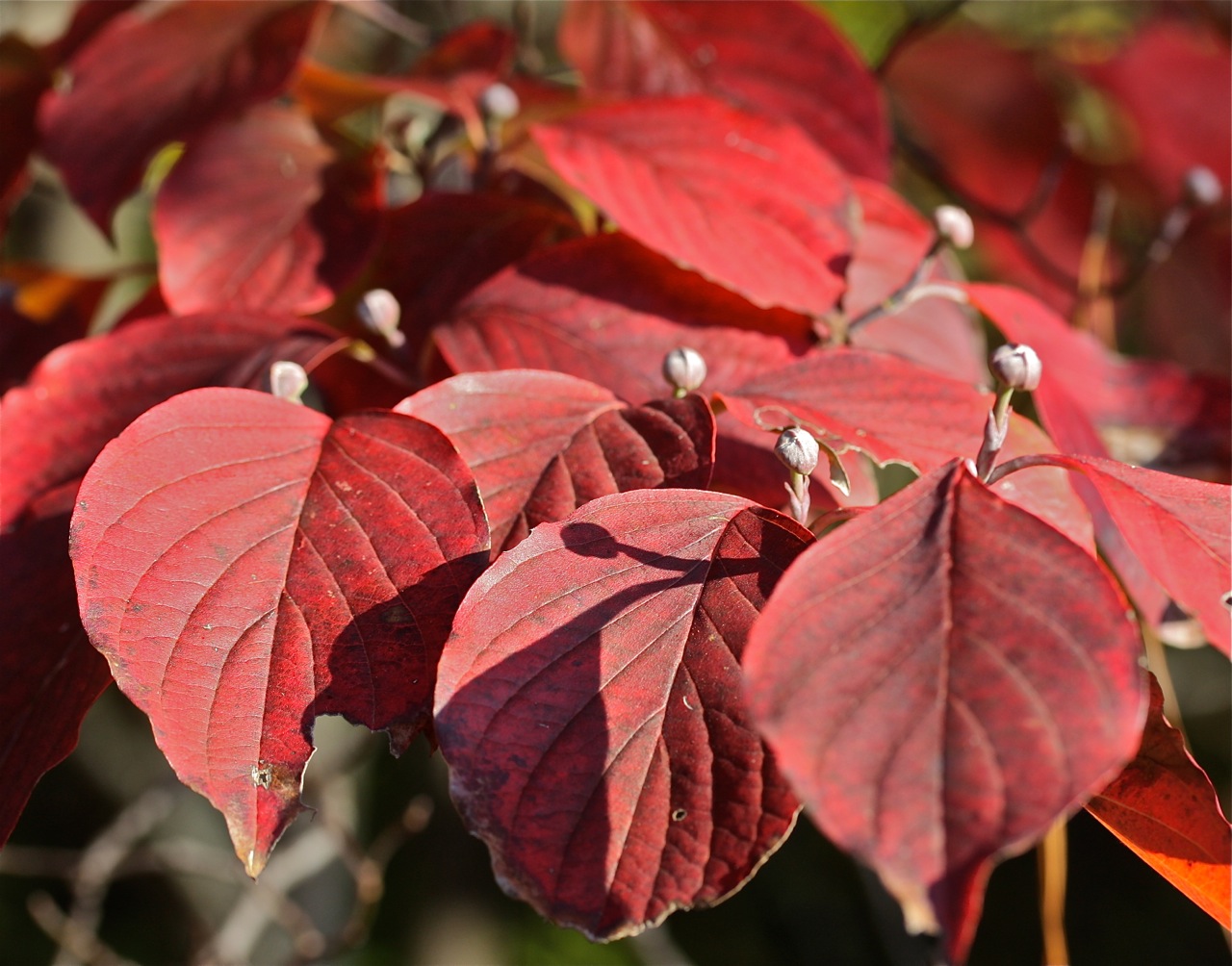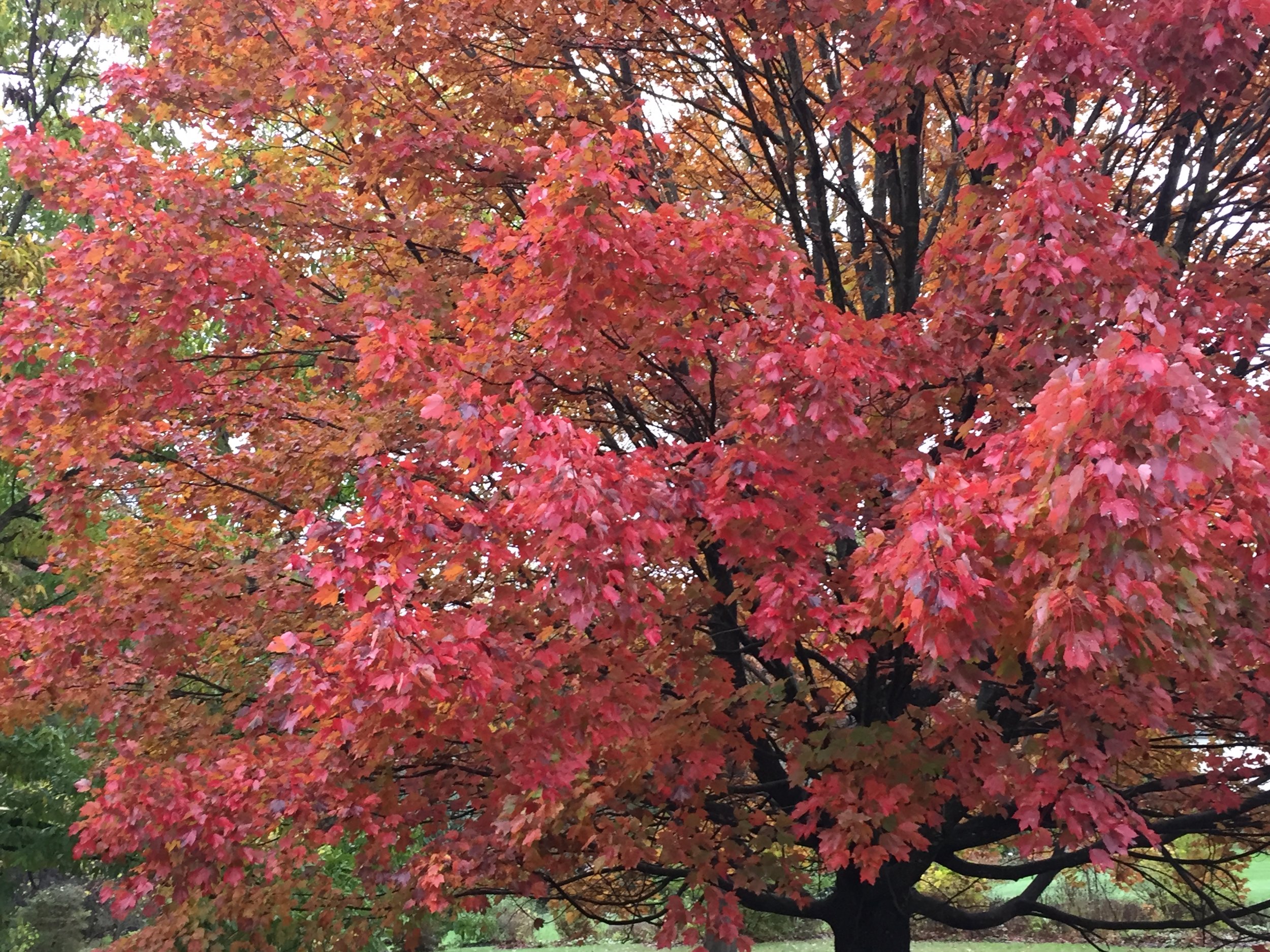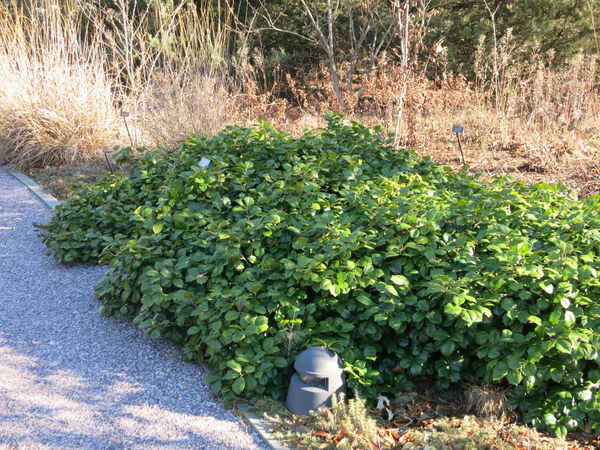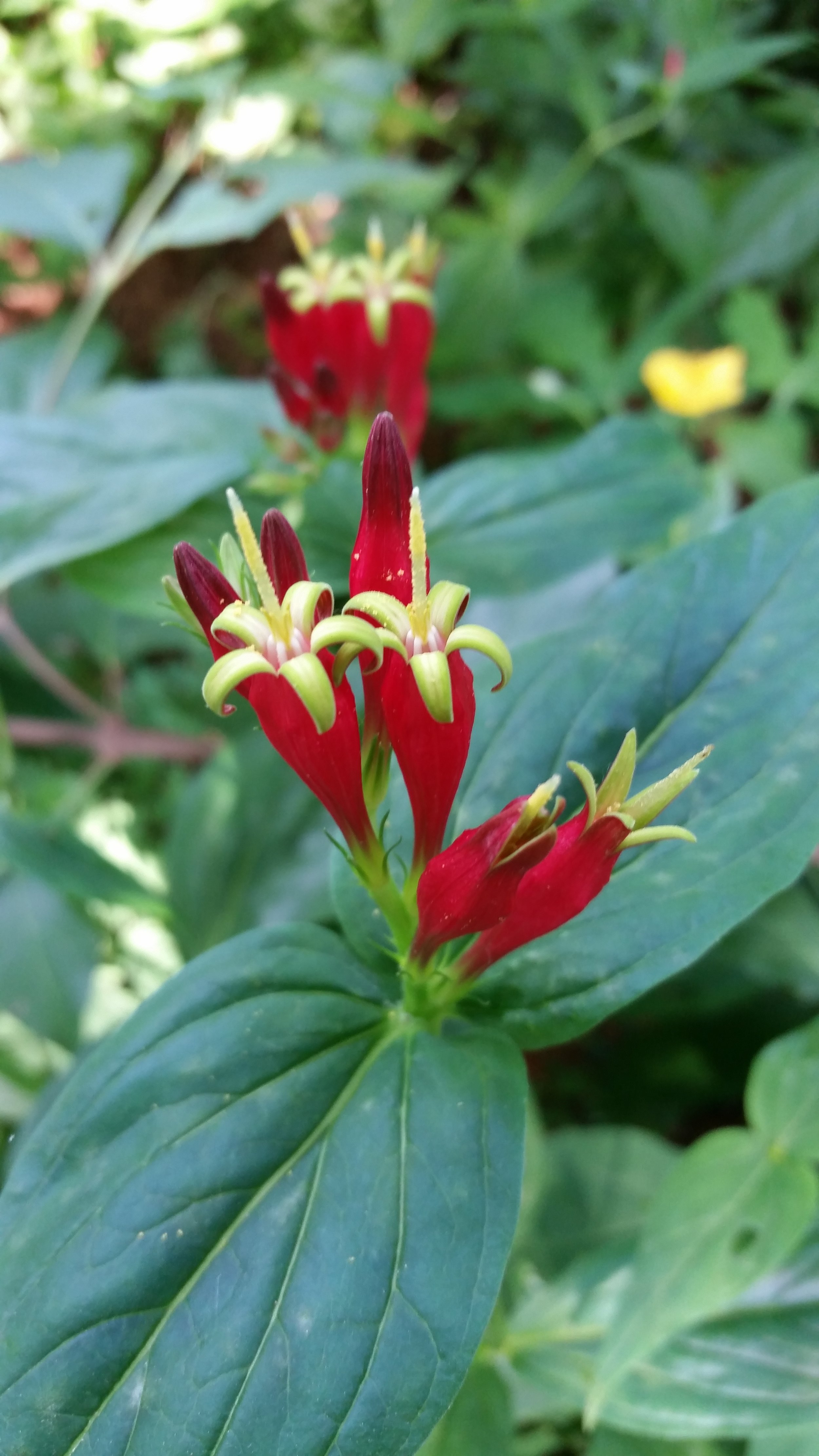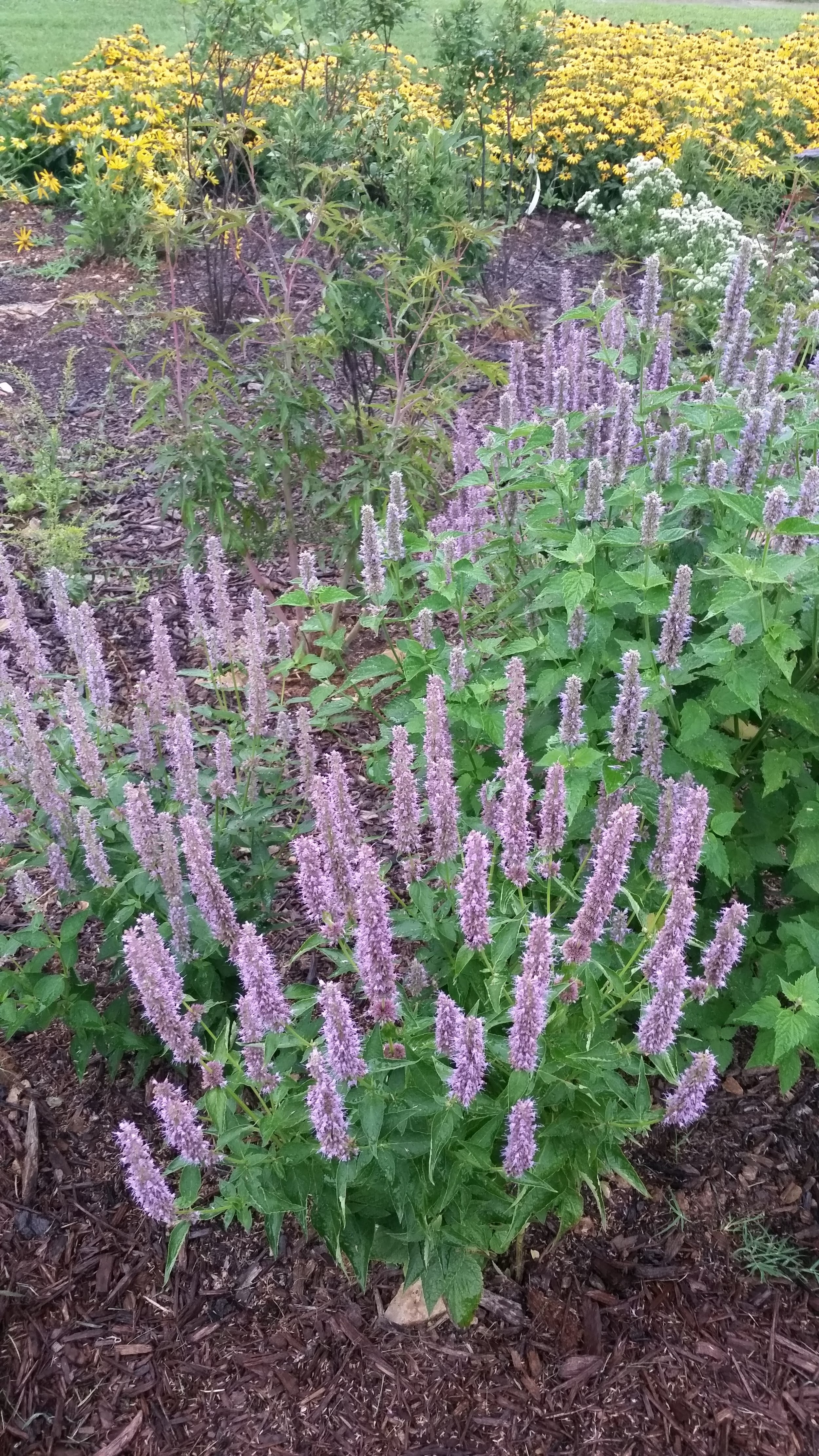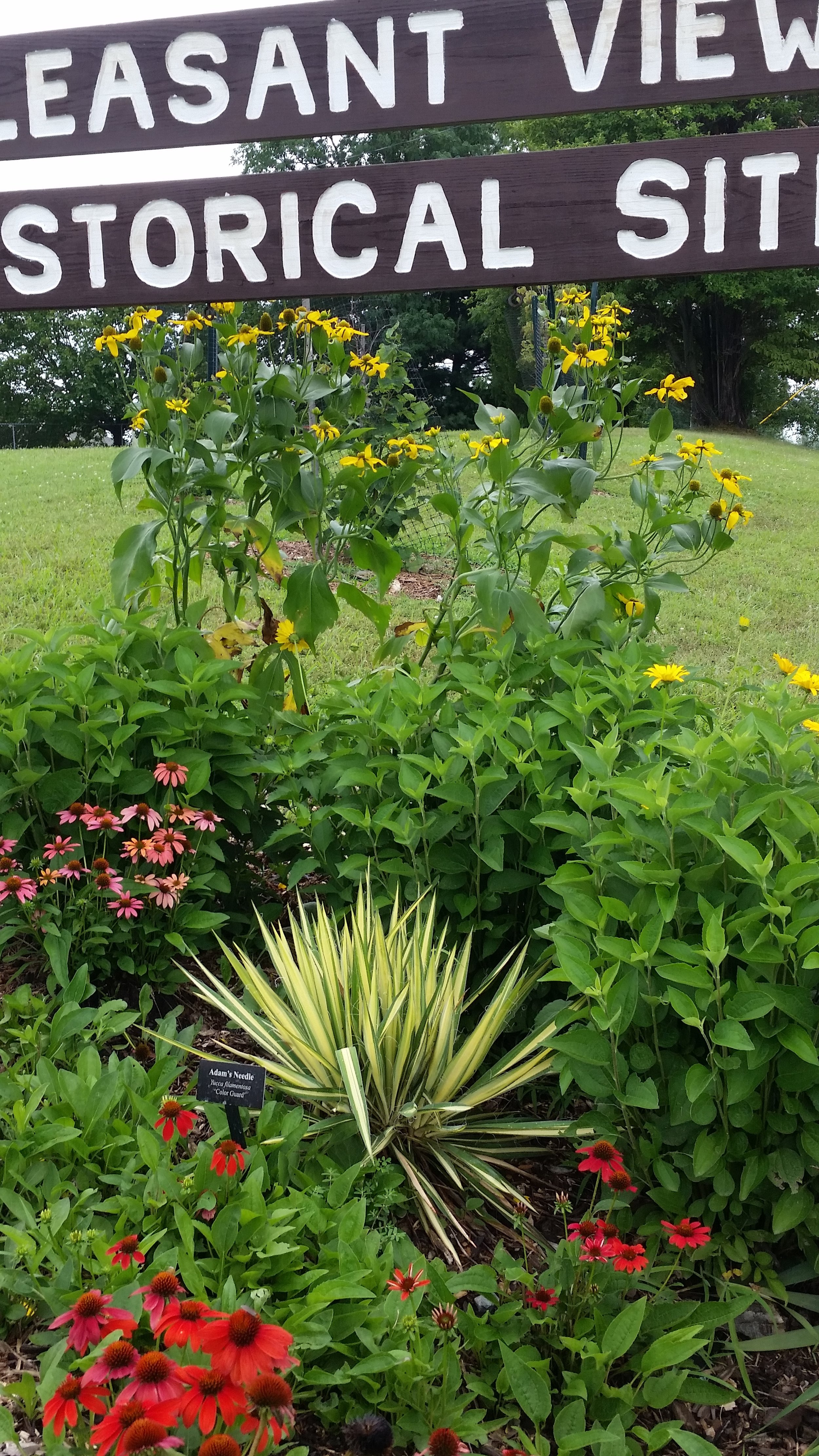Online Resources
www.mdflora.org
Maryland Native Plant Society database of native plants including a list of woody plants native to Montgomery County; talks, fieldtrips, native plant sources/sales
www.nps.gov/plants/pubs/chesapeake/
U.S. Fish & Wildlife Service Native Plants Wildlife Habitat and Conservation Landscaping Chesapeake Bay Watershed
www.nps.gov/plants/pubs/nativesmd/lists.htm
“Plant Lists for Maryland Regions” Useful for identifying local natives vs. regional natives.
www.plantnative.org
Plant lists by region; commonly available natives, MD, VA and WV.
A searchable database of Chesapeake Bay region plants. Search by region, plant type, sun exposure, soil texture or soil moisture.
www.bringingnaturehome.net
Douglas Tallamy's companion site to his book, Bringing Naure Home. He also has a site to register native plant landscapes: www.homegrownnationalpark.org/
www.trees.maryland.gov
Lists native trees large and small, coupon to buy trees, how to plant.
www.extension.umd.edu/resources/yard-garden/native-plants/native-plant-gardening
A series of articles, randomly arranged, on specific native plants and includes a guide to native plants of Maryland.
www.montgomerycountymd.gov/rainscapes
Rebates for rain gardens / conservation landscape
www.nwf.org/NativePlantFinder/
Searchable database by area of plants and butterflies.
Searchable database by zipcode of native plants to attract specific birds. The Audubon Naturalist Society also has a simple yet comprehensive document about creating garden ecosystems.
Extensive native plant garden near Wilmington, DE which does 3-year trials of many species and cultivars of native plants used in gardens. Plants are assessed on vigor, flower profusion, disease resistance, and insect visits. Recent published trials include monarda, baptisia, coreopsis, asters, coneflowers and more. (See photos of Mt. Cuba on eartheast.org under the heading "Trails & Natural Areas".)
Books
Darke, Rick and Doug Tallamy, The Living Landscape: Designing for Beauty and Biodiversity in the Home Garden, Timber Press, 2014.
Greenlee, John. The American Meadow Garden: Creating a Natural Alternative to the Traditional Lawn, Timber Press, 2009.
Rainer, Thomas and Claudia West, Planting in a Post-Wild World, Timber Press, 2016.
Tallamy, Douglas W. Bringing Nature Home : How Native Plants Sustain Wildlife in our Gardens, Timber Press, 2007. www.bringingnaturehome.net
Some Native Plant Sources
Often other gardeners are generous with plants and will share plant divisions and seed if asked. Native plant sales (below) are a great source and increasingly general nurseries carry native plants.
Local nurseries: Plants tagged as native may not be locally native, check. Ask for the source of the plant. Buy nursery propagated vs. nursery grown (may have been wild collected). Don't collect from the wild yourself unless the area is going to be destroyed and plants need to be rescued.
www.mdflora.org
Lists native plant sales held throughout the year. These sales are often the best source for local, native plants. A few particularly good native plant sales are listed below.
www.adkinsarboretum.org
Adkins Arboretum, MD Eastern Shore, native plant sale days April and September, otherwise native plant nursery is open, April 15 – Nov. 1.
Audubon Society of Central Maryland
Audubon Society of Central Maryland, Mount Airy. Native plant sale the last Saturday in April.
www.blackhillnature.org
Black Hill Nature Center, Boyds, Maryland. Native plant sale at the greenhouse in April. Mostly herbaceous plants.
www.brooksidegardens.org
Brookside, Wheaton. Native and edible plant sale, Spring.
chesapeakenativesinc.square.site, Chesapeake Natives online store, will be open for the 2021 season March 29, 2021, 9 am - 9 pm.
https://www.earthsangha.org/
Earth Sangha is a nonprofit volunteer-based program to propagate local native plants, restore native plant communities, and control invasive alien plants. Our Wild Plant Nursery in Springfield, VA is the region's most comprehensive effort to propagate native plants directly from local forests and meadows.
www.fona.org
National Arboretum, annual Lahr Symposium and native plant sale
www.gonativetrees.com
Go Native Tree Farm. Manheim, PA. Seed grown native trees, wholesale and retail. By appointment only, call 717-538- 0393.
www.bluewaterbaltimore.org/herring-run- nursery/native-plants/
Herring Run Natives. MD native shrubs and trees, a non-profit to benefit Baltimore waterway conservation.
https://www.izelplants.com/
Izel plants specializes in native plants for the mid-Atlantic. They do not grow plants but provide marketing for a variety of nurseries, including wholesalers with an extensive searchable database with no plant minimums and plants available in small sizes (plugs).
www.nature-by-design.com
Nature by Design in Alexandria. Range of natives is good for trees, shrubs, and perennials, including some unavailable at local nurseries.
www.newsomseed.com/grassseedmixes.html
Newsom Seed (local) has a UMD-selected wildflower mix that has both annuals and perennials.
Rare and unusual plants -- not specifically native plants but a useful source for unusual or difficult to find native plants. Mail order and retail, located in NJ.
www.southernexposure.com
Southern Exposure Seed Exchange. High quality organic seed www.southernexposure.com
www.treetalknatives.com
Tree Talk Natives
A new native shrub/tree source with limited selection but good prices. 703-401-1949
11900 Hawkes Road Clarksburg, MD
“Our” Native plant gardens
Pleasant View Historic Site. Our very own native plant garden begun in April 2017. This site is open to the public. Come see what Earth Stewardship East along with community volunteers has been able to create. 11810 Darnestown Road, Gaithersburg, MD.
James Baird Memorial Garden. Our volunteers created an area of native plants, primarily redbud trees with native underplantings of ferns and perennials, at the entrance to the woods behind the Washington DC Stake Center, Stoneybrook Drive, Kensington. We also cleared away a large amount of invasive plants.
Other Gardens to See Native Plants
National Arboretum. In the past this was a place to see diverse non-native plants but displays have increasingly included natives. Of particular note is the fern valley collection. Ask at the info desk for directions to areas with native plants. Free. www.usna.usda.gov
National Botanic Gardens. Conceived as an outdoor laboratory for gardening in harmony with natural ecosystems, the Garden opened in 2006 next to the Conservatory. A great place to get native plant ideas -- visit in different seasons. Not all plants are native but many are. www.usbg.gov/national-garden
River Farm. Home to the American Horticultural Society headquarters, Historic landscape located at 7931 East Boulevard Drive, Alexandria, Virginia. The River Farm was established in 1653-54. The farm was later purchased by George Washington. There are themed garden areas but of note is the 4-acre area that was formerly lawn and is now a native plant meadow. Free. Open year-round Monday to Friday, 9 am to 5 pm. April to September, it is also open on Saturday 9 a.m. to 1 p.m. http://ahsgardening.org/about-river-farm
Brookside Gardens. Celebrating 50 years in 2018, Brookside is a free, 50-acre public garden located in Wheaton, MD. Check out the use of native plants in the new parking area near the education building. Native plants are also scattered throughout the garden. Be sure to walk to the adjacent Nature Center with trails through the woods and meadow and displays for children. https://www.montgomeryparks.org/parks-and-trails/brookside-gardens/
Mt. Cuba Center. Located in Delaware, this beautiful garden is well worth the drive to see. It features woodland trails, formal gardens, pond areas and more. Best of all, they perform trials on native plants and then publish the results which is a must-read when you are considering which plants to grow. Open April - November. Fee.
Why native plants?
Our plant choices in home gardens can preserve and create habitat. Across the globe, the diversity and quality of plant habitat is in decline. Nearly 1/3 of the plant species native to Maryland (plants growing here prior to the arrival of European colonists) are either no longer present, threatened or rare. Many of our wooded areas, for example, are full of invasive species replacing the native undergrowth. Most yards are a mix of turfgrass and non-native plants, often invasive ones. If each plants natives -- canopy trees, understory trees, shrubs, perennials and groundcover -- we can help the butterflies, birds and other diverse creatures survive. We can also help by removing invasive plants destroying native habitat. I’ve assembled the best links and resources available — let me know if I’ve missed something important. — Merikay
The photo above by LDS earth steward Ralph Johnson illustrates one benefit of native plants. During winter months berries and seeds from native trees and shrubs provide food for many creatures.
According to Smith and McWilliams (2015), Recommended plantings for migratory songbird habitat management, the five best berry-producing shrubs and vines for local birds are:
Gray dogwood (Cornus racemosa)
Red osier dogwood (Cornus sericea)
Silky dogwood (Cornus amomum)
Southern arrowwood (Viburnum dentatum)
Virginia creeper (Parthenocissus quinquefolia)
Northern bayberry (Myrica pennsylvanica) and eastern red cedars are packed with fat, but only a handful of species consume the berries. Winterberry (Ilex verticillata) has limited nutritional content. While these species are less preferred than the ones listed above, the waxy berries provide food for overwintering songbirds like cedar waxwings and American robins. Here’s a list of nine beautiful native plant choices for our area (it includes Sourthern arrowwood in above photo).
There are native plants for every soil/sun/moisture condition and each provides a unique habitat function. There’s even a native shrub with blooms that look like the COVID virus — buttonbush (Cephalanthus occidentalis)—that’s great for attracting pollinators.
Why plant a native tree? Here's just one example. The native dogwood (Cornus florda) supports 117 species of native moths and butterflies. The Asian dogwood (Cornus kousa) supports no native insect herbivores (from Dr. Doug Tallamy, University of Delaware entomologist). Often there are very complex relationships between plants and insects, birds and other animals. One family of baby Carolina chickadees requires more than 6,000 caterpillars to fledge. Birdseed that people put out is of no use for baby birds — they need the protein from caterpillars and other bugs. When a native plant is no longer growing in an area, creatures dependent on that plant are also lost. The web of life unravels.
Photos above show native dogwoods in bloom and in fall. This beautiful native tree is just one of hundreds of native trees for our area that are readily available in nurseries. Some of the best for habitat are native oaks, cherries, birches, and willows (non-native trees of these same species are not as beneficial). Native trees are currently available for free through several programs. Each spring I get native trees from Maryland DNR and give them away (440 bare root native trees in 2020 for people in our local watersheds — and I’ve done this for 6 years distributing 2,000+ trees). Find a program near you or start your own. Here are a few:
https://treemontgomery.org/request-a-tree/ http://montgomeryplanning.org/planning/environment/forest-conservation-and-trees/shades-of-green/
If you want to buy a native tree you can get discounts at participating nurseries. Download a coupon to receive $25 off. On residential properties in Montgomery County, the Maryland coupon can be combined with the Leaves for Neighborhoods coupon to receive $40 off the purchase of a native tree with a retail value of at least $75 at participating nurseries.
It’s likely there are incentive programs in your area if you live outside Maryland to plant native trees. In DC there’s a program for $50 or $100 rebates depending on the tree species through Casey Trees. https://caseytrees.org/resources/tree-rebate/
Getting Started
Match the right plant to the right place.
If you have a space that is small or large, shady or full sun, soggy or dry there's a native plant that can and will thrive if you give it a chance. From trees (large and small), shrubs, perennials, vines, ground covers, these plants will fit the conditions of the area because they are adapted to the weather, pests, soil, and seasons of Eastern North America. They provide habitat for insects and other creatures which have co-evolved often over millions of years in intricate relationships. The key to a healthy, thriving garden: choose plants that want what you have to give (full sun, part sun, part shade, deep shade; dry, medium, damp, wet soil; sand, loam, clay). I've killed plenty of native plants by ignoring this basic principle: match the right plant to the right place.
Take Action
Reduce lawn by adding or extending beds. Remove invasive plants. If you have woods, increase native understory and ground cover and add native shrubs and perennials at the edge. Use diverse native plants but also include large groups of each plant type, if possible. This makes sense -- if you're providing habitat you need enough of a single plant to make it worth the pollinators' and others time to be in your garden.
You don't need to dig out turf or use Roundup -- just cover the turf with overlapping cardboard or thick sections of newspaper (overlapping at least 6"). Cover with a layer of aged compost and top with mulch. Do this in the fall and the area will be ready to plant the following spring. In a hurry? Do as described above but using a sharp spade (pointed shovel) cut through the cardboard and turf to dig holes for shrubs and trees as you create the bed, adding aged compost to planting holes and covering cardboard with an organic mulch.
Ecological role and genetic diversity
As you add native plants to your garden be mindful to choose plants that both play a positive ecological role and help preserve genetic diversity. If you buy a named cultivar, that plant may or may not play the same role in the ecosystem as the straight species would do. It depends on how varied the cultivar is from the plant in its “natural” state. For example, a plant cultivar with minor changes to flower size is likely to function the same but a major shift in flower size/shape would impact pollinators; significant changes in the chemistry of leaves (to change leaf color, for example) impacts which insects can eat the leaves. Regarding genetic diversity, plants that are straight species have been reproducing sexually and are genetically diverse whereas a named cultivar has exactly the same genetics in all plants by that cultivar name — reducing genetic diversity. This is important if a majority of gardeners get their “native plants” from a few sources carrying the same cultivars. Everyone’s garden has the same cloned plants. In a ideal world you would use local ecotypes of native plants — plants grown from local seed collected in a sustainable manner.
Some Favorites
The photos show some easily grown and readily available native plants. There are hundreds more to choose from. I share just a few favorites from my garden.
Tree images: Magnolia grandiflora, Magnolia virginiana, Cornus florida (dogwood), Cercis canadensis (redbud trees with white pine in background, also a great native tree), Acer saccharum (sugar maple), Quercus alba (white oak leaves and tree), Nyssa sylvatica (tupelo or black gum).
Shrubs: Oakleaf hydrangea in fall and bloom, Callicarpa americana (beautyberry), Physocarpus opulifolius (ninebark ‘Diablo’), Viburnum dentatum (arrowwood), Viburnum nudum (smooth viburnum), Juniperus virginiana ('Grey Owl' juniper), Ilex americana ('Maryland Dwarf' holly).
Perennials: (false indigo - a purple and a yellow form), Monarda punctata (spotted bee balm), Monarda didyma (bee balm), Echinacea (cone flower), Tradescantia (spiderwort), Spigelia marilandica (indian pink), Lobelia cardinalis (cardinal flower and ostrich fern).
Photos above taken by Merikay in August 2018 featuring some of the native plants at Pleasant View.
Why Learn About Invasive Plants?
What you don’t know can hurt you
Not knowing abut invasive plants leads to their continued spread which in turn harms our environment. Your garden life will be more difficult if you don’t know the really “bad” weeds and prioritize their removal.
If you recognize invasive plants you can remove them from your garden before they become so established that their recurrence becomes virtually permanent. One example: mile-a-minute can grow up to 13 inches on one warm summer day and each plant produces 500 seeds that will remain viable for about 60 years. So several seconds of work to pull one plant may be years of work if that one plant goes to seed. A few years ago I learned of a new invasive plant in our area, wavy basketgrass. It arrived in the 1990s and has spread across the region and into my garden. Once I knew what to look for I found it in my garden. After hearing it called a “weed from hell” I have pulled every one I see and have been able to get rid of it, mostly. If I had not known it was so bad and it had spread, I would have it everywhere in the garden now.
Here are excellent resources to learn more about invasive plants. Think of it as saving labor down the road and protecting local habitat. The worst impact of alien invasive plants is not in our home gardens but in natural woodlands, parks and other areas where these hyper aggressive plants take over, preventing native plants from growing. The entire web of life unravels as the native insects lack their preferred food choices and in turn each level of life is decimated. One characteristic of alien invasive plants is that they often have no local predators to keep them in check.
My favorite “go to” source for basic info on local invasive plants is a booklet: “Plant Invaders of Mid-Atlantic Natural Areas” by the National Park Service U.S. Fish & Wildlife Service, 189 pages, 2014. https://www.invasive.org/eastern/midatlantic/ The Invasive.org website is also a great source for info on both animal and plant invasive species.
The Maryland Native Plant Society has excellent links to invasive resources at https://mdflora.org/aboutinvasives.html
For a state-by-state list of noxious weeds: https://plants.usda.gov/java/noxiousDriver
There are many more resources but this is enough to get you started. Learn then share what you know with others.





